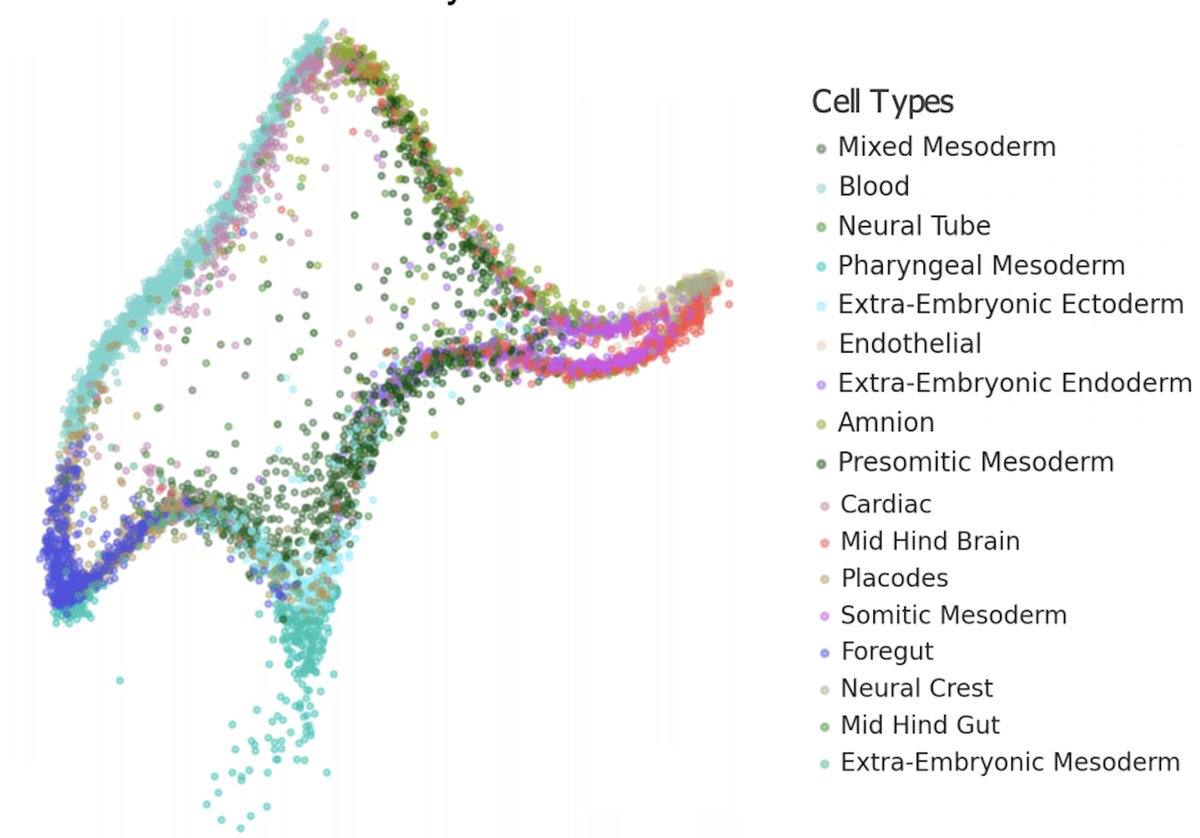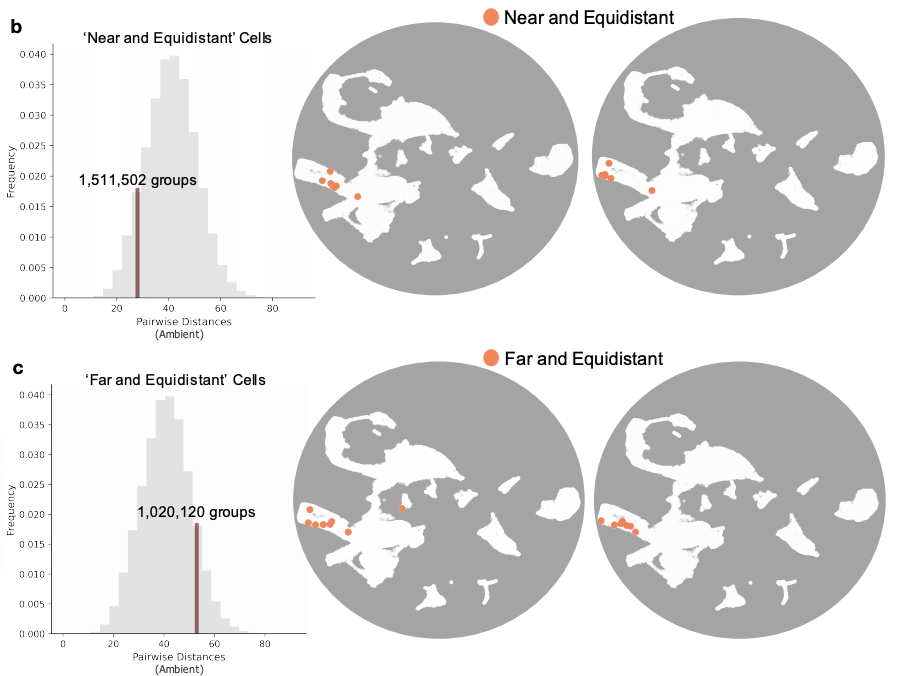
I like the reproducibility standards for machine learning in the life sciences by @autobencoder, @michaelhoffman, @markowetzlab, @suinleelab, @GreeneScientist & @stephaniehicks
https://twitter.com/michaelhoffman/status/1441198676706091015but I propose an additional platinum standard for one click reproducibility.1/
By "one click", I mean that the entire analysis be reproducible in a (free) interactive online session of @colab (or other similar service). All steps of the analysis, from downloading data to generating figures are then not only automated but accessible for users. 2/
For an example of what this entails and facilitates, see: pachterlab.github.io/CWGFLHGCCHAP_2… 3/
In some cases programs may be too resource intensive to run directly on "light cloud" such as @GoogleColab, but the output from those steps can then be loaded into @GoogleColab or equivalent making possible immediate exploration of results by users. 4/
The difference between "one command" and "one click" is substantial. While the former is a very high (& excellent) bar for reproducibility, it leaves the barrier of actually getting everything to run on suitable hardware. We've found that lowering that barrier is empowering. 5/
We started, as a lab, to learn how to move from gold standard to what I am calling platinum with nature.com/articles/s4158… by @JaseGehring et al. Getting this right has been challenging and we're still learning, but it's been worthwhile, we think, for others and ourselves. 6/
For other recent examples from our lab see
https://twitter.com/lpachter/status/1355269996218204165?s=207/7
• • •
Missing some Tweet in this thread? You can try to
force a refresh









